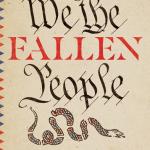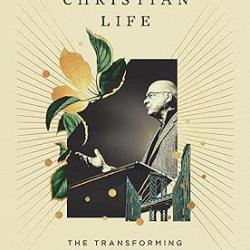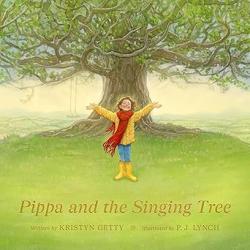This post is the final part of a series walking through the second volume of Abraham Kuyper’s Common Grace
In the previous chapter Kuyper explored the effect of particular grace on common grace, in the last chapter in this volume Kuyper explores the effect of common grace on particular grace. He sees an analogy for this in the Lord’s Supper, where common grace both in nature ((wheat/grapes) and in culture (bread/wine) participates as a symbol of particular grace. The symbolism of the Lord’s Supper is both of the spiritual reality and the encompassing by particular grace of “the world of visible things.” (775-776)
So particular grace “is reality and seeks reality.” This means that common grace is essential. Common grace prepared the body for the Incarnation. (776-777) Common grace forms the people whom particular grace redeems, and is the field upon which our good works are performed. Common grace gives the church a place to stand.
That said, common grace not only prepares the field for particular grace, reality itself is to be redeemed by particular grace. We do not see this initially, and turn instinctively away from “the world.” (777-778) This goes to extremes with the monks and Anabaptists, and is reinforced by things like persecution.
Yet, this is a temporary tension–eventually particular grace will re-create the “entire arena of common grace.” (778) Common grace is our holding pattern in then meanwhile as particular grace has retreated “more into the spiritual.” (778)
We see an image of this in Old Testament Israel’s relationship with the land. It was “a symbol of the kingdom of glory.” (778-779) We have elevated “Canaan” into heaven and overly-literally read Zionism into the “New Jerusalem.” (779) Instead, we must read the Old Testament properly as a display of the “symbolic glory and holiness” of the elected saved by faith in the Messiah. This symbol mixes with rules for this life in part because we (and they) must live in the world externally. (781-782)
With the coming of Christ, the internal now has priority and the external is delayed until Christ’s return. Until then, the symbolic externals of the old covenant recede and are replaced by the rule of common grace.
And yet, particular grace “breaks through” into the world in the common grace lives of believers. The “organic movement of our Lord’s church expands into all of life.” This external life ebbs and flows historically but is a prefiguring of the coming kingdom. (782)
And that is the end of Volume 2, onwards to Volume 3!
Dr. Coyle Neal is co-host of the City of Man Podcast an Amazon Associate (which is linked in this blog), and an Associate Professor of Political Science at Southwest Baptist University in Bolivar, MO












